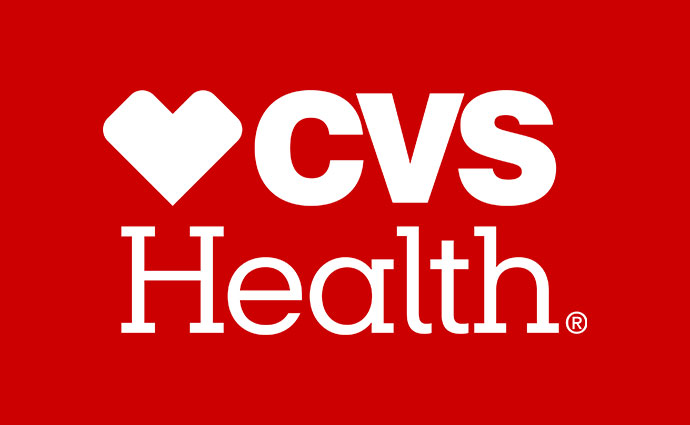3 Ways to Cut Payer, Employer Gene Therapy Healthcare Spending
CVS Health’s report shared three strategies that payers can continue to rely on in 2021 as they grapple with increased gene therapy healthcare spending.

Source: CVS Health Logo
- As gene therapies become more widespread, payers continue to rely on proven strategies to reduce gene therapy healthcare spending, CVS Health’s Health Trends Report 2021 explained.
The report outlined three techniques for covering high cost gene therapies.
One approach is to use value-based contracting to reduce the risk for payers and purchasers.
From Medicaid programs to private insurers, this approach has gained traction among payers in recent years. Different forms of value-based contracts have developed to help manage gene therapy healthcare spending through patient outcomes, such as the “subscription model.”
In 2019, a number of Medicaid programs adopted a subscription model for acquiring prescription treatments for hepatitis C and other conditions. Oklahoma, Michigan, Colorado, Washington, and Louisiana all received CMS approval for plans that took this approach.
“Though the drug may promise to cure these patients for life, these are early days in their use,” said Joanne Armstrong, MD, enterprise head of women’s health and genomics at CVS Health. “What we’re saying is, show us the clinical value proposition first.”
Though the Medicaid programs jumped on this model because it made healthcare spending more predictable, value-based contracting still has its risks. Payers and manufacturers risk overestimating or underestimating the number of doses that the payer is purchasing due to limited data, a RAND Corporation study found.
The value-based contracts may also be complex, CVS Health warned. In these contracts, both payers and manufacturers have to outline anticipations and costs for the drug’s administration, the patient population’s recovery, and any undesirable clinical outcomes.
The investment in high-cost drugs does not stop with a contract, the report noted. The expensive treatments must be administered and the administration process can cost the patient and payer more time and expense if it is poorly executed.
Thus, the report recommended identifying high-quality care facilities that can oversee the drug’s administration.
At CVS Health, for example, Aetna case managers work with National Medical Excellence experts to find hospitals and healthcare settings with a strongly positive history of drug administration and quality of care.
“We want to make sure these high-cost drugs are going to the right patients in the right setting,” Armstrong explained.
Finally, expensive therapies are likely to be a heavier burden for smaller companies. CVS Health embraced stop-loss insurance as a solution for this.
Through stop-loss insurance, self-funded employers can receive reimbursement for employee claims that exceed a certain amount.
Companies such as Verily’s Coefficient Insurance Company have used the approach to help employers manage unpredictable and increasingly unwieldy healthcare costs.
“These strategies give plan sponsors an approach to prevent them from the alternative—not covering these therapies at all,” Armstrong said. “That just wouldn’t be good for medicine.”
These methods of tackling gene therapy costs align with the three strategies that CVS Health established in a white paper early on in 2020, demonstrating that the problem remained relevant into 2021.
Some experts have predicted that gene therapy usage will only accelerate through 2021. In part, this may be due to the swell of genomic research around the coronavirus vaccine.
The mRNA coronavirus vaccines are not gene therapies, since they do not enter or alter the patient’s DNA. However, the research process still had implications for cell gene therapy production as experts evaluated the virus using the whole genome sequencing method.
As gene therapy techniques continue to evolve and spread, payers will have to innovate new ways to manage the high healthcare spending associated with these treatments.
“Right now a whole genome sequence next year will be 700 bucks,” Chris Carlson, UnitedHealthcare senior vice president of complex health solutions at United Healthcare, told HealthPayerIntelligence. “And the ability to create a drug or a therapy tailored to a unique individual is going to rapidly accelerate. Even in 2021, we'll see transformational changes. This population would be directly affected and payers are going to be in this interesting space.”
